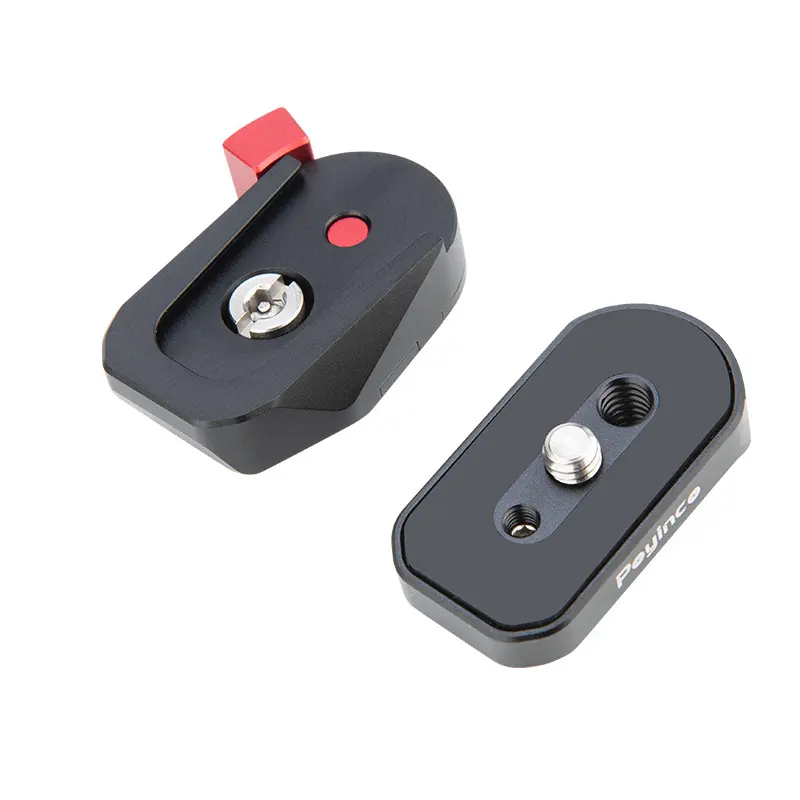

Time:2025-06-04 Views:1

Macro lens adapters are frequently subjected to repeated loads during normal use, such as when the lens is focused multiple times, the camera is attached and detached repeatedly, or vibrations from the shooting environment act on the equipment. The ability to resist repeated loads is critical for the long - term durability and reliability of macro lens adapters.
The fatigue resistance of the materials used in macro lens adapters is a primary consideration for withstanding repeated loads. Metals with good fatigue properties, such as certain grades of steel and titanium alloys, are often chosen. These materials can endure a large number of load cycles without developing cracks or failing. For engineering plastics, adding reinforcing fillers like carbon fibers or glass fibers can significantly enhance their fatigue resistance by improving the material's strength and reducing the propagation of micro - cracks under repeated loading.
The surface finish of macro lens adapters also affects their resistance to repeated loads. A smooth surface finish reduces the likelihood of stress concentrations, which are the starting points for fatigue cracks. Precision manufacturing processes that ensure a high - quality surface finish, such as electrochemical machining or superfinishing, are beneficial. Additionally, surface treatments like shot peening can introduce compressive residual stresses on the surface of metal adapters. These residual stresses counteract the tensile stresses generated during repeated loading, delaying the initiation and growth of fatigue cracks.
In terms of structural design, avoiding sharp corners and notches in the adapter is crucial, as these areas are prone to stress concentrations under repeated loads. Rounded edges and smooth transitions between different sections of the adapter can distribute stress more evenly. Designing the adapter with redundant or backup structures can also improve its resistance to repeated loads. For example, having multiple locking mechanisms in the lens - mounting interface ensures that even if one part experiences fatigue failure, the others can still maintain the connection and prevent the lens from detaching.
Regular inspection and maintenance of macro lens adapters are essential for detecting early signs of fatigue damage. Non - destructive testing methods, such as eddy - current testing or magnetic particle inspection for metal adapters, can identify the presence of micro - cracks. By replacing or repairing damaged components in a timely manner, the overall service life of the macro lens adapter can be extended, ensuring that it continues to function reliably under repeated loads in long - term use.
Read recommendations:
velbon videomate 500 quick release plate